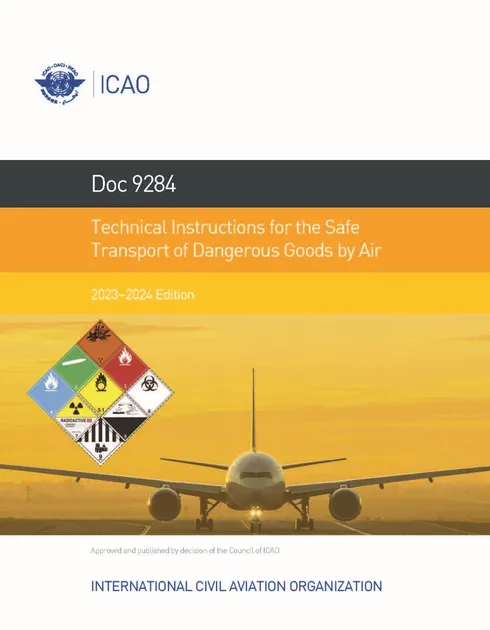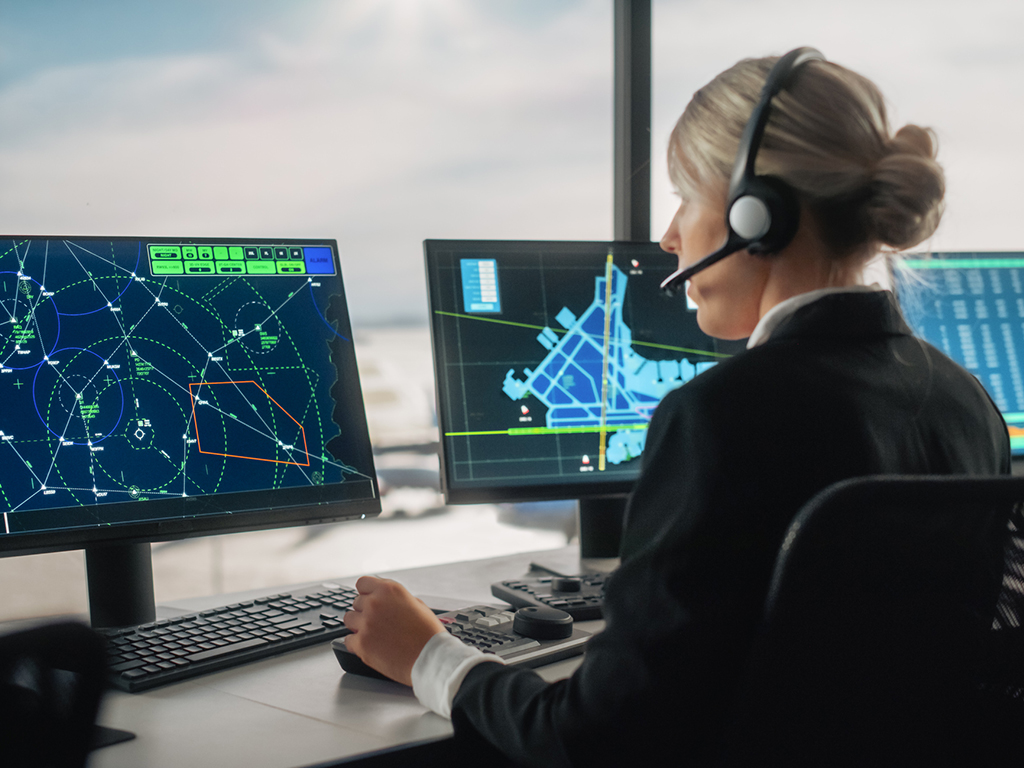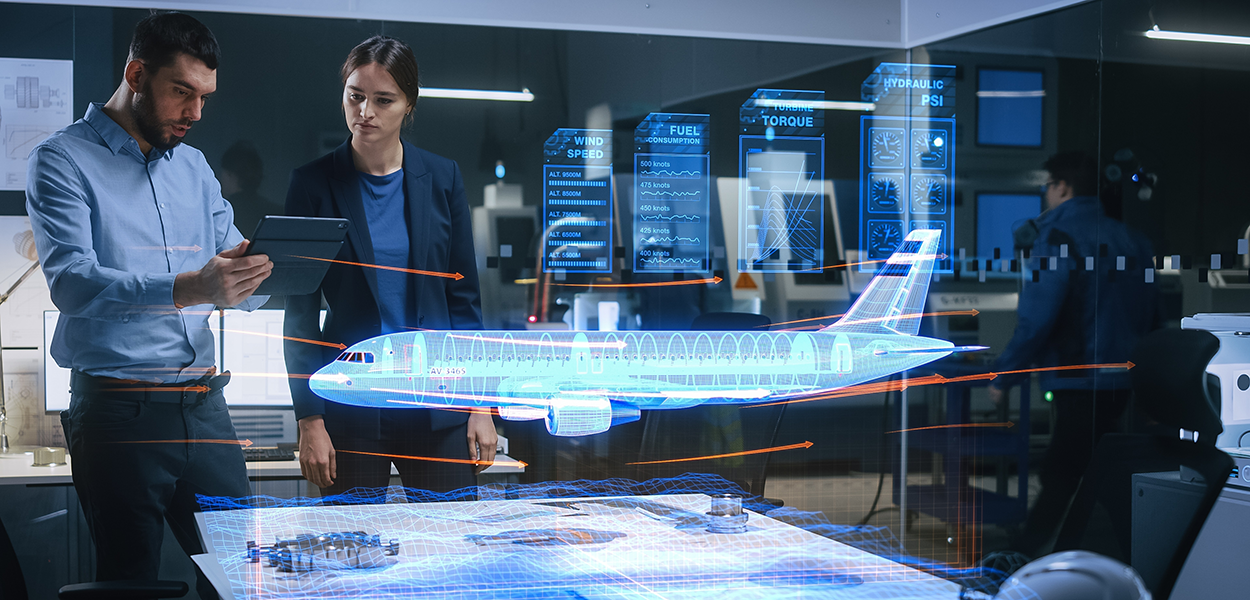We’ve taken steps to enhance our cooperation with the International Atomic Energy Agency (IAEA) around the transport of radioactive materials by air, notably to improve the efficiency and speed of these shipments that are vital for cancer care and...

We’ve taken steps to enhance our cooperation with the International Atomic Energy Agency (IAEA) around the transport of radioactive materials by air, notably to improve the efficiency and speed of these shipments that are vital for cancer care and other medical uses around the world. In the joint statement we recently signed, ICAO Secretary General Juan Carlos Salazar and IAEA Director General Rafael Mariano Grossi underscored that the agreement also “highlights the importance of adherence to the IAEA safety standards for the safe use of radioactive materials and to ICAO standards for global civil aviation safety and security.”
 Our cooperation on matters of common interest began in 1960.
Our cooperation on matters of common interest began in 1960.
Nuclear medicine, which is based on access to radiopharmaceuticals for a variety of diagnostic uses and specific therapies, is the fundament of nuclear applications in health care. Getting radiopharmaceuticals from the manufacturer to hospitals and medical clinics depends on fast and reliable transport, including by air, as they are extremely time sensitive. Over 10,000 hospitals worldwide use radioisotopes in medicine, mostly for diagnosis.
“The IAEA’s role in ensuring the safe transport of radioactive material by air is essential in the carriage of short-lived radiopharmaceuticals and other crucial radioactive materials,” remarked ICAO Secretary General Juan Carlos Salazar. “ICAO welcomes the heightening of our collaboration in this vitally important area of mutual interest.”
Rafael Mariano Grossi, Director General of the IAEA, said: “It is very important that the work the IAEA and ICAO undertake in developing and strengthening the implementation of international standards is complementary. The IAEA greatly values ICAO’s long-standing contribution to the development and review of IAEA safety standards. We can work even more closely together in other areas of common interest, such as in reducing denials of, and delays in, shipment of radioactive material by air.”
The agreement encompasses the development and review of relevant IAEA safety standards and the harmonization of best practices globally, with the IAEA and ICAO collaborating to collect and analyse associated information. Raising stakeholder awareness through education, training, and outreach are also foreseen, including around emergency preparedness. Radiation research and information exchange towards radiation protection in civil aviation, especially regarding cosmic radiation exposure to flight crews, is a further focus of the agreement.
Our joint statement highlights that the “stronger mutual cooperation will create a conducive environment for countries to harness the benefits of the peaceful uses of nuclear technology in meeting the United Nations Sustainable Development Goals,” and helps set the stage for deeper collaboration in the near future.
 The broad principles governing the international transport of dangerous goods by air are contained in Annex 18 to the Convention on International Civil Aviation —The Safe Transport of Dangerous Goods by Air. The Technical Instructions (Doc 9284) amplify the basic provisions of Annex 18 and contain all the detailed instructions necessary for the safe international transport of dangerous goods by air.
The broad principles governing the international transport of dangerous goods by air are contained in Annex 18 to the Convention on International Civil Aviation —The Safe Transport of Dangerous Goods by Air. The Technical Instructions (Doc 9284) amplify the basic provisions of Annex 18 and contain all the detailed instructions necessary for the safe international transport of dangerous goods by air.
Dangerous goods can be carried safely by air transport providing certain principles are adopted. These principles have been used to develop the Technical Instructions. They are intended to facilitate transport while providing a level of safety such that dangerous goods can be carried without placing an aircraft or its occupants at risk, providing all the requirements are fulfilled. They try to ensure that if an incident occured it would not lead to an accident.
Training is available that provides State employees with the knowledge and skills required to determine when a consignment of dangerous goods is classified, packed, marked, labelled, documented, accepted, handled and transported in accordance with Annex 18 and the Technical Instructions. For more information on this, click the link below.
The post Our cooperation with the IAEA to enhance the transport of vital radioactive materials appeared first on Uniting Aviation.














